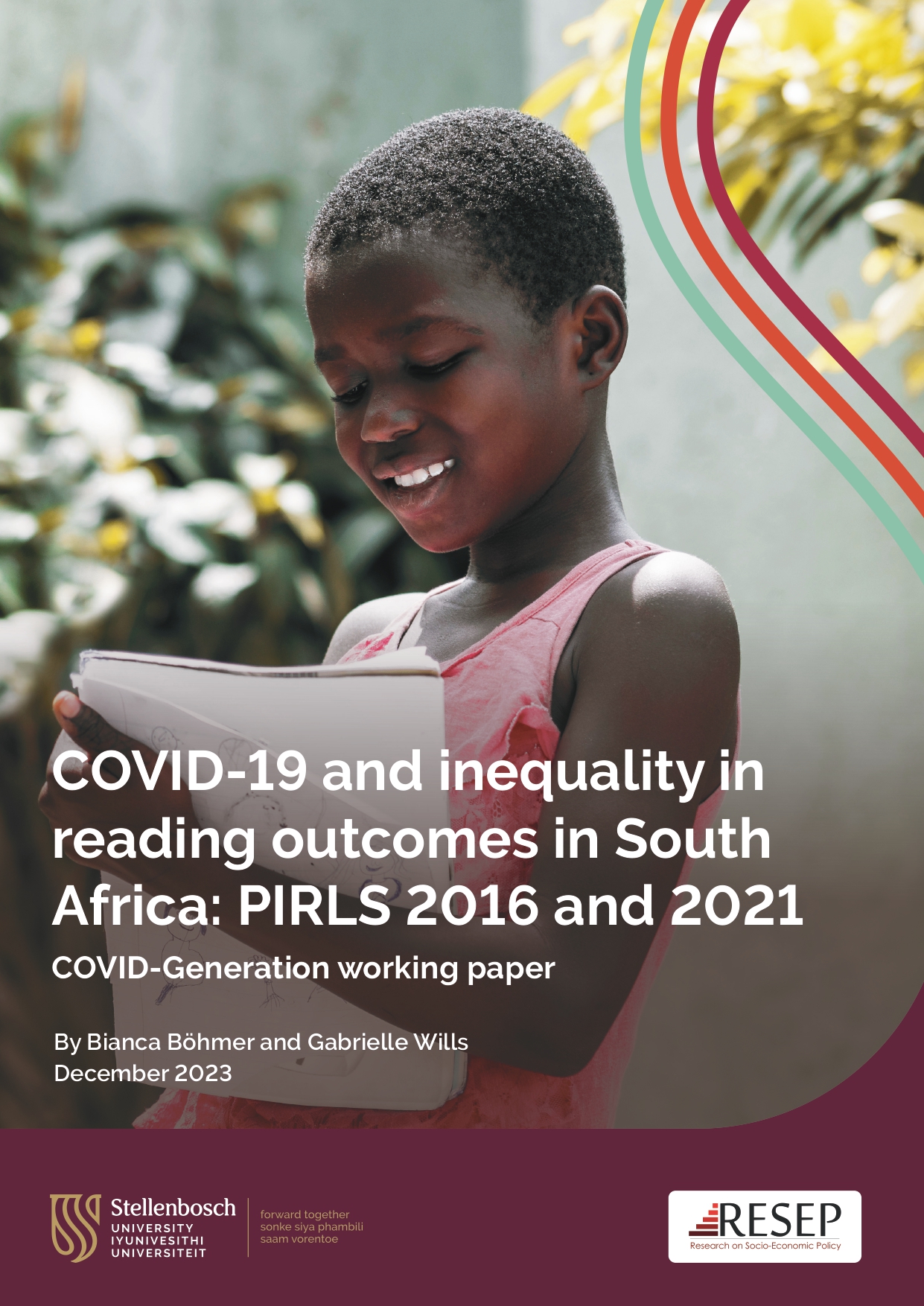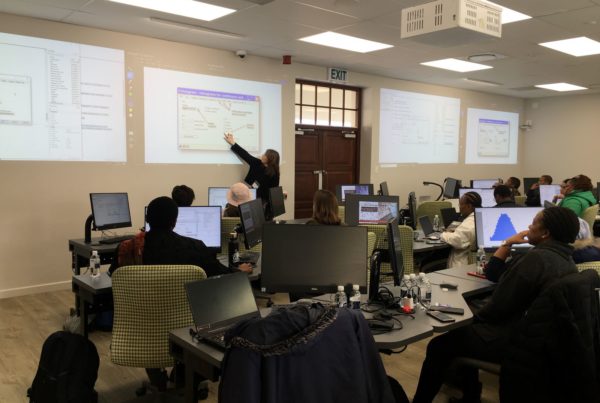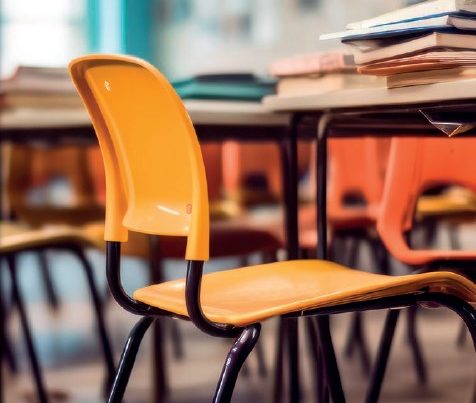Using the South African Grade 4 2016 PIRLS Literacy and 2021 PIRLS datasets, this paper examines the impact of COVID-19 on learning inequality. In the context of a large decrease in the average reading score from 320 in 2016 to 288 in 2021 (a decline of 31 PIRLS points representing 50% to 60% of year of learning), reading inequalities were exacerbated across various dimensions. The gap between top achieving and low achieving students grew, with the percentage of very low achieving students (<200 points) doubling from 13.4% to 26.5%. Disparities between richer and poorer schools increased. In 2021, a student in the wealthiest 10% of schools was 10 times more likely to learn to read with meaning by Grade 4 than a child in the poorest 70% of schools, compared to a fivefold difference in 2016. Boys in the poorest 70% of schools also experienced a more significant reading decline than girls (-53 vs. -44 points). Language group disparities reflect inequalities in socio-economic status, with English and Afrikaans schools showing no difference in achievement between 2016 and 2021, while significant declines were observed in schools tested in one of the nine official African languages. Moreover, mean achievement gaps between schools widened, and within schools, heterogeneity in outcomes increased. An item level analysis validates the aggregate declines in PIRLS in South Africa, with lower scores in 2021 on 94% of items common across 2016 and 2021. An increase in the percentage of students achieving zero for all items on a comprehension passage is also evident in 2021. Additionally, a significant rise in non-attempted items explains some of the decline in achievement in 2021.








